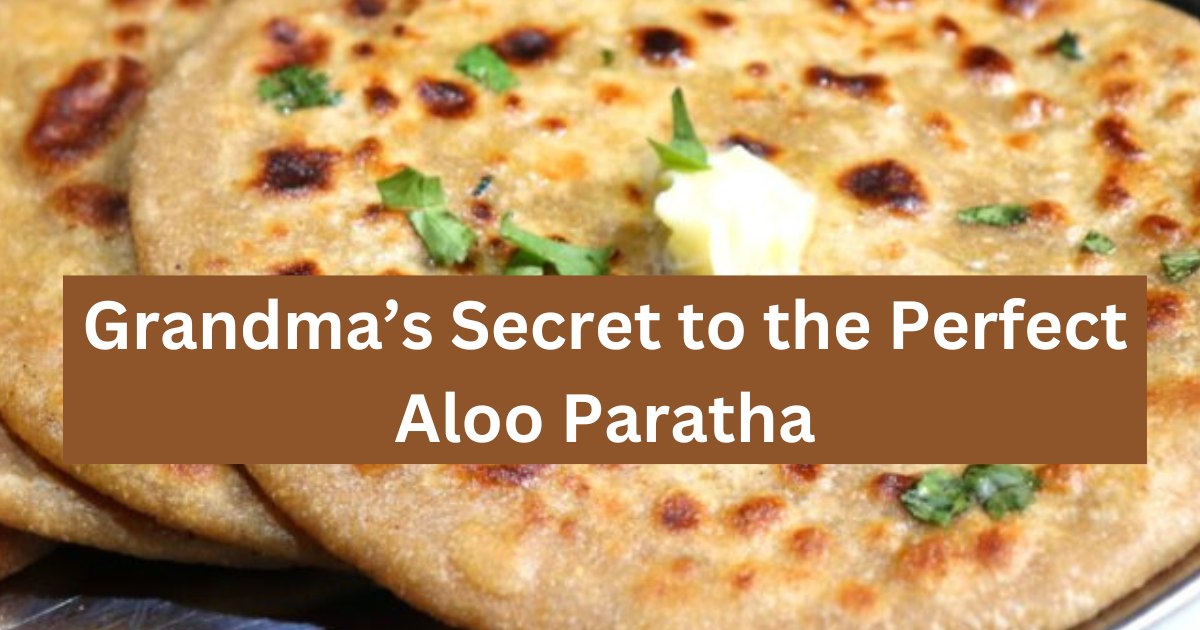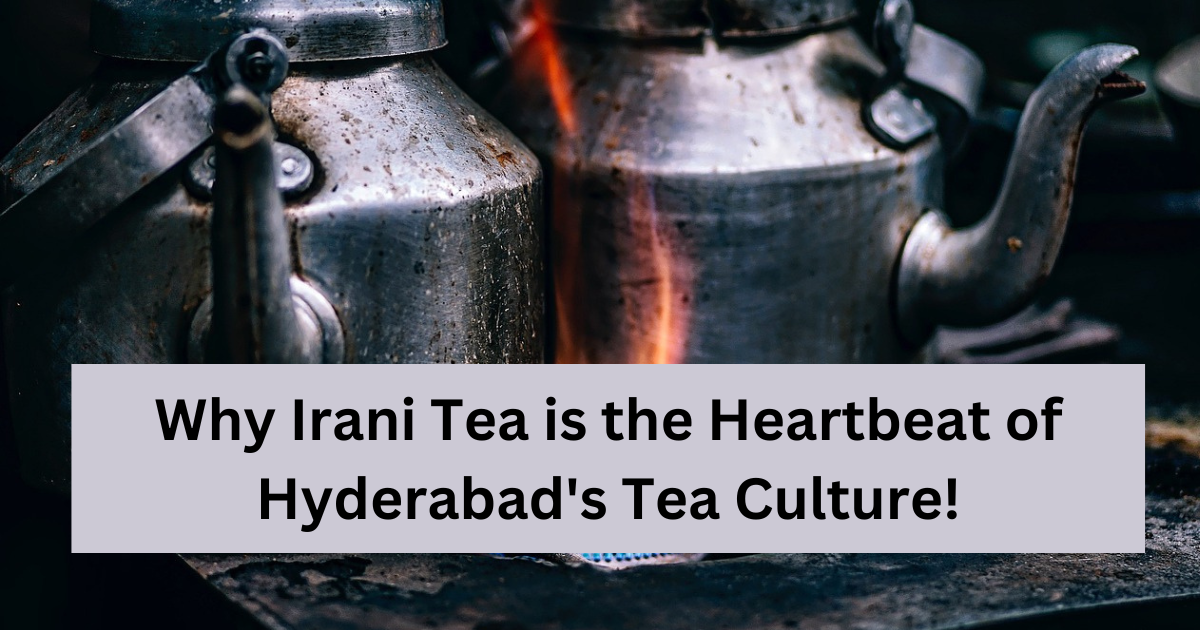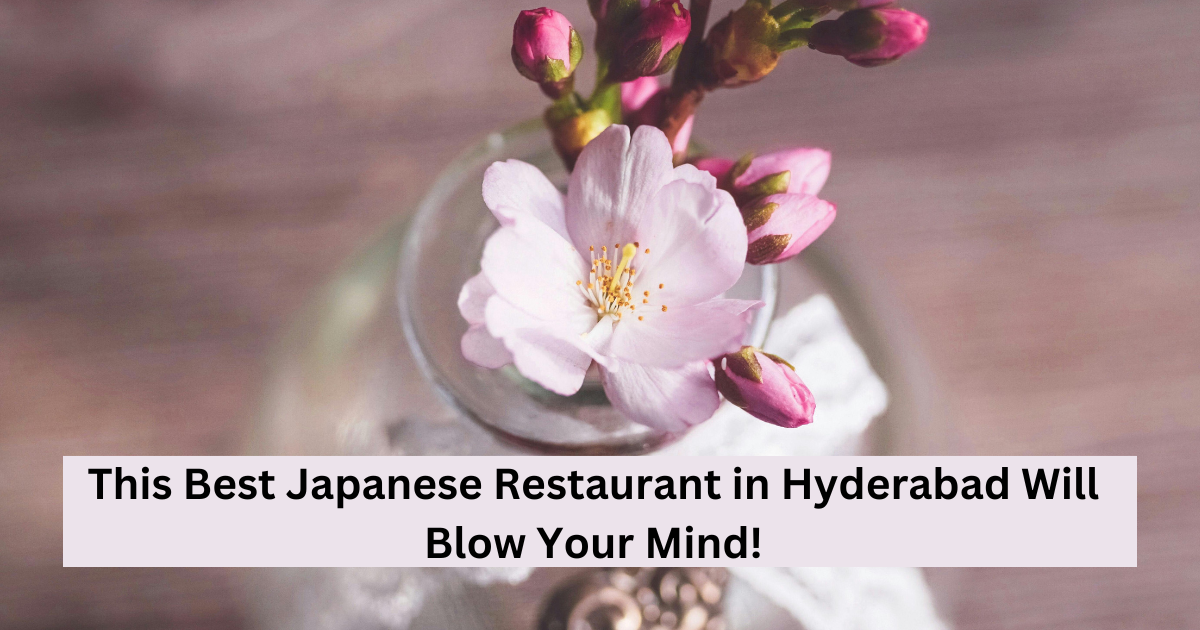There’s something special about a plate of steaming hot Aloo Paratha straight from the tawa (griddle). The smell of freshly made parathas wafting through the kitchen instantly takes me back to my childhood when my grandmother would prepare these delicious stuffed flatbreads with so much love and care. The taste was unmatched, and the process felt like a warm hug, especially on chilly mornings.
Today, I’m going to share Grandma’s secret to making the perfect Aloo Paratha. This recipe isn’t just about mixing ingredients and cooking them together; it’s a story of tradition, love, and passing down flavors through generations.
The Magic Begins with the Dough
My grandmother always said, “A good paratha starts with the dough.” This step might seem simple, but it’s the foundation of everything that follows. Grandma never rushed the dough. She would knead it with her hands, feeling the texture as she worked it into the right consistency. The dough was soft, yet firm enough to hold the stuffing without tearing.
Here’s how she did it:
- Take 2 cups of whole wheat flour.
- Add a pinch of salt and a little oil.
- Gradually add water and knead until the dough is smooth.
- Cover the dough with a cloth and let it rest for at least 15-20 minutes.
The resting time allows the dough to become softer and easier to roll out later. According to Grandma, this small wait made a big difference in the final outcome.
The Heart of the Paratha: The Aloo Filling
The magic of Aloo Paratha lies in the potato stuffing. My grandma’s recipe was simple but bursting with flavor. She believed in using fresh, good-quality ingredients and balanced spices that brought out the best in each bite.
Here’s how she prepared the filling:
- Boil 4-5 medium-sized potatoes until they’re tender. Peel and mash them well.
- Add finely chopped green chilies, coriander leaves, and a small piece of grated ginger.
- Sprinkle in spices like cumin powder, red chili powder, turmeric, and garam masala.
- Add salt to taste and a squeeze of fresh lemon juice for a tangy kick.
The filling was never too spicy, but it had a warmth that felt comforting. Grandma always said, “The key is to mash the potatoes well so that there are no lumps.” Lumps can cause the paratha to break while rolling, which is a common problem for beginners.

The Rolling and Stuffing Technique
Rolling out the perfect Aloo Paratha can be tricky, but Grandma had her tricks. She would take a small ball of dough and roll it out slightly into a small disc. Then, she’d place a generous portion of the potato mixture in the center and carefully bring the edges of the dough together, sealing it like a little pouch.
Once sealed, she would gently press it down and start rolling it out again into a flatbread. “Don’t press too hard, or the filling will spill out,” she would remind me. The trick was to use just enough pressure to spread the filling evenly without breaking the dough.
Cooking with Love
Now comes the final and most important step – cooking the paratha. Grandma’s secret was simple: patience. She would place the rolled paratha on a hot tawa and let it cook on one side until small bubbles appeared. Then she would flip it and brush a little ghee (clarified butter) on top. After flipping it a couple more times and adding a little more ghee, the paratha would turn golden brown and crispy on the outside, with a soft and flavorful inside.
The smell of ghee melting over the hot paratha is something I’ll never forget. It’s an aroma that speaks of warmth, comfort, and home.
Serving the Aloo Paratha
In our home, Aloo Paratha was always served with a dollop of fresh butter or a spoonful of creamy yogurt. Sometimes, there was a side of spicy pickle that added an extra zing. Grandma would say, “The simpler, the better.” She believed that the paratha’s flavors should be the star, without too many accompaniments taking away from it.
The Secret Ingredient Is Love and Care
As I grew older and tried making Aloo Parathas myself, I realized that the secret to Grandma’s perfect parathas wasn’t just the technique or the ingredients. It was the love and care she put into every step. She never rushed, always cooked with patience, and enjoyed the process. Her parathas tasted so good because they were made with joy, and that’s something you can’t learn from a recipe. Follow Me on Instagram for better content.
Every time I make Aloo Parathas now, I try to channel her calm and loving approach to cooking. And every bite reminds me of those cozy mornings in Grandma’s kitchen, where food wasn’t just for the body but for the soul too.
So, if you’re ever making Aloo Parathas, remember to follow the steps, but most importantly, cook with love. That’s Grandma’s real secret to making them perfect every time. Even more, want recipes? If so, visit us again.





